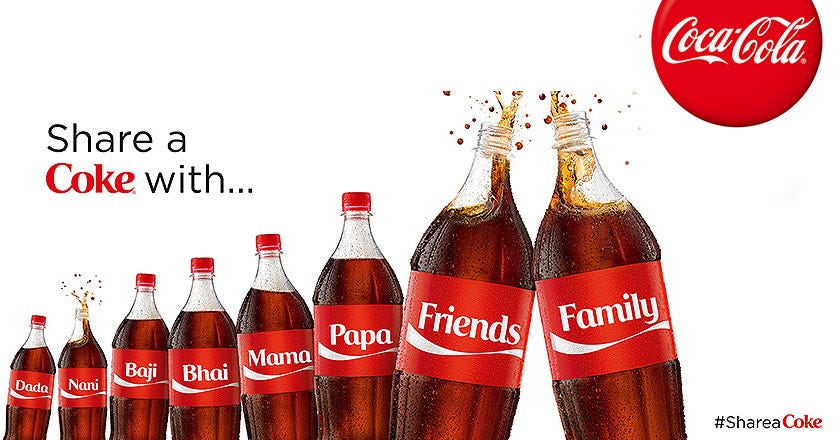Storytelling has become an indispensable element in the digital marketing world. From heartwarming commercials to inspiring social media campaigns, effective storytelling can elevate a brand, making it more relatable and memorable. This article explores how storytelling can drive brands to go viral and connect with their audience, touching on the emotional and strategic aspects that make storytelling so impactful.
The Power of Storytelling in Marketing
Storytelling is not just about narrating a tale; it’s about creating an experience. Brands leverage storytelling to captivate audiences, stir emotions, and foster strong relationships. Unlike traditional marketing, which focuses on features and benefits, storytelling invites the audience into a world where they can see themselves as part of the brand’s journey. A story, when told right, can be shared widely, making it a powerful tool for going viral.

For example, consider the campaign “Share a Coke” by Coca-Cola. This simple yet brilliant campaign personalized Coke bottles with common names, encouraging customers to share their own experiences on social media. It was a storytelling masterpiece, highlighting the joy of sharing moments with friends and family. This created an emotional connection that went beyond selling a product, leading to widespread sharing and engagement online. The authenticity and relatability of the story led to millions of shares, all through the art of effective storytelling.
Key Elements of Effective Storytelling
1. Emotional Connection
One of the most crucial elements of storytelling is the ability to evoke emotions. Stories that tap into happiness, empathy, nostalgia, or even humor are more likely to be remembered and shared. Humans are inherently emotional beings, and this is why storytelling has been a part of human culture for thousands of years. Brands that can evoke strong emotions through their stories are often the ones that go viral.
A great example is Dove’s “Real Beauty” campaign, which challenged beauty stereotypes and celebrated natural beauty. By sharing stories of real women and highlighting their personal journeys, Dove not only inspired its audience but also sparked meaningful conversations. The emotional depth of the campaign resonated with millions, leading to a viral success that significantly strengthened the brand’s image.
2. Authenticity and Relatability
Authenticity is key to a successful storytelling campaign. Audiences can quickly detect when a story feels forced or insincere, which can turn them away from the brand. On the other hand, authentic stories that reflect real experiences create trust and loyalty. The best brand stories are those that are relatable, encouraging customers to see themselves in the narrative.
Airbnb has mastered this by sharing the unique experiences of its hosts and guests. By showcasing real stories from real people, Airbnb positions itself as a brand that values community, culture, and belonging. This approach has turned their customers into advocates, with user-generated stories spreading organically across social media platforms.
Tips for Crafting a Viral Story
To make storytelling work for your brand, here are some essential tips:
- Know Your Audience: Tailor your story to the values, interests, and experiences of your target audience. The more you understand your audience, the easier it is to create a narrative that resonates.
- Keep It Simple and Clear: In the digital age, attention spans are short. Ensure that your story is concise yet impactful. The message should be easy to grasp and should stick with the audience.
- Utilize Multiple Channels: Don’t limit storytelling to just one platform. Use videos, blogs, social media, podcasts, and other channels to share your story. The wider your reach, the higher the chances of going viral.
- Invite Participation: Engage your audience by encouraging them to share their own experiences or create content related to your brand. This user-generated content can add authenticity and extend the story’s reach organically.
Case Study: The ALS Ice Bucket Challenge

The ALS Ice Bucket Challenge is a perfect example of how a simple and engaging storytelling strategy can go viral. The campaign asked people to dump a bucket of ice water over their heads, share a video, and challenge others to do the same, all while raising awareness and donations for ALS research. What made this campaign a viral sensation was its simplicity, emotional appeal, and the sense of community it created. It was a challenge that anyone could participate in, and it had a meaningful cause behind it. The campaign raised millions of dollars and brought global attention to ALS, all through the power of storytelling.
Conclusion
Storytelling is more than just a marketing tool—it’s the art of creating a lasting impact. Brands that master storytelling can go viral, building deeper connections with their audience and leaving a memorable impression. By focusing on emotions, authenticity, and engaging narratives, storytelling can be the secret ingredient to a brand’s success. It’s about making customers feel like they are part of something bigger, which can turn them into loyal advocates who enthusiastically share the story with others.
By leveraging the power of storytelling, brands can transcend traditional advertising, making a lasting impact and turning campaigns into viral phenomena that resonate with audiences worldwide. Whether you’re a startup or an established brand, embracing the art of storytelling can propel your brand to new heights.
Now is the time to harness storytelling for your brand and watch as your story spreads far and wide, capturing hearts and minds along the way. Ready to bring your brand’s story to life? Contact the Brandcrafter team today, where our experts in visual storytelling will help you create captivating content that resonates with your audience!

